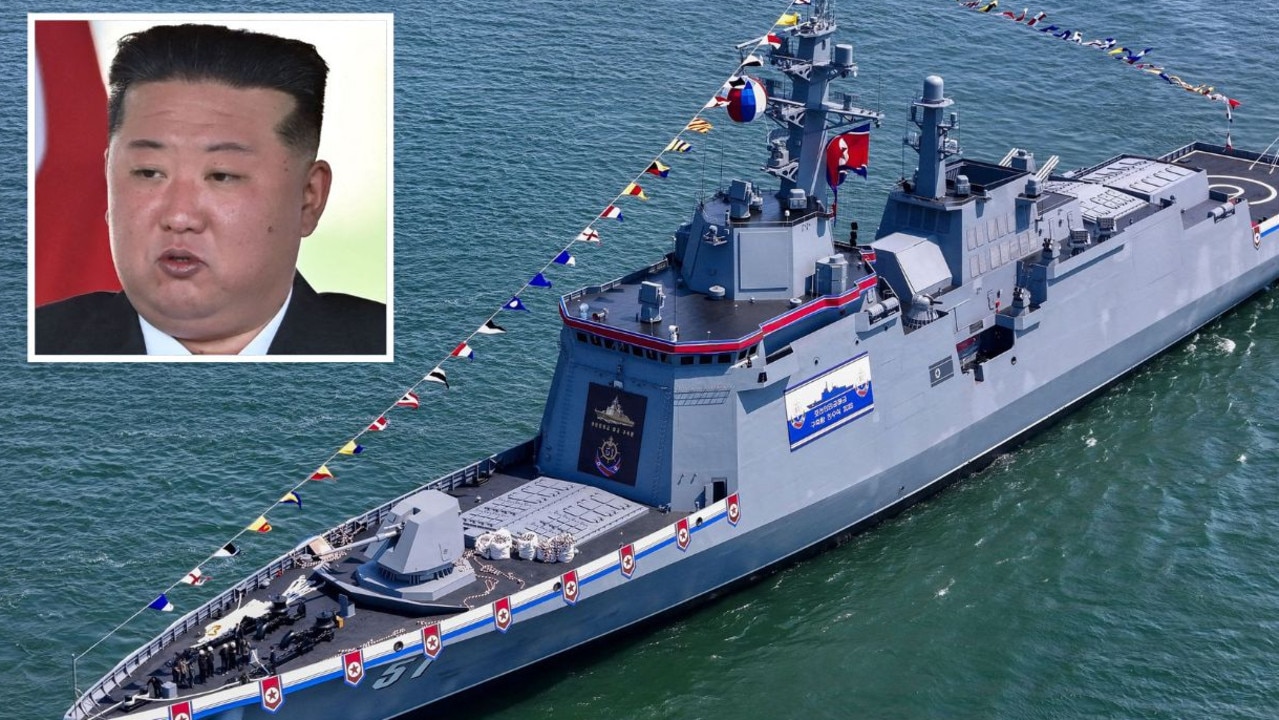China India border: How border clash could strengthen India-US ties against China
As tensions continue simmering between China and India over their border, experts say one side may have to make an important decision.
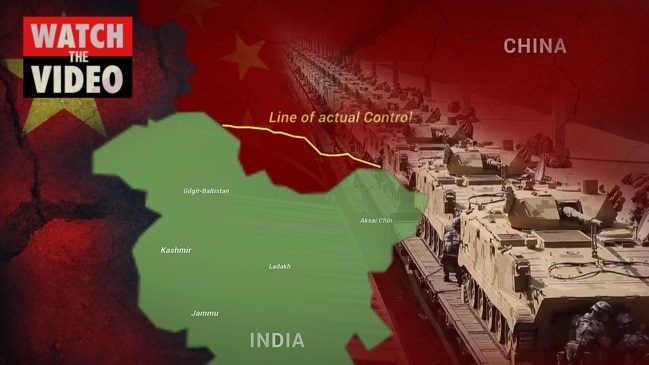
With tensions simmering between China and India over their Himalayan border, experts say New Delhi has an ever-closer powerful partner on its hands: the United States.
Tensions recently spiked between the two countries after Beijing began building its military into Indian territory on their shared border, while the latter was grappling with the COVID-19 crisis.
India and China’s border issues date back decades, partly fuelled by both sides’ refusal to accept the other’s territorial claims.
Now, analysts say that India and the United States could strengthen their alliance to keep China’s power in check.
A GROWING ALLIANCE
India and the United States are the world’s two largest democracies, sharing common interests in free trade, protecting the vital sea lanes of the Indian Ocean, and deterring China’s growing influence in the Indo-Pacific region.
Ties between the two countries had been marred by distrust and estrangement for decades, with India’s bureaucratic establishment having been widely opposed to engagement with the US.
But Indian Prime Minister Narendra Modi, who came to power in 2014, was determined to change that, taking steps that once would have been seen as inconceivable.
In January 2015, he invited then-president Barack Obama as the honoured guest at India’s annual Republic Day celebrations, marking the first time a US president had been the chief guest at the event.
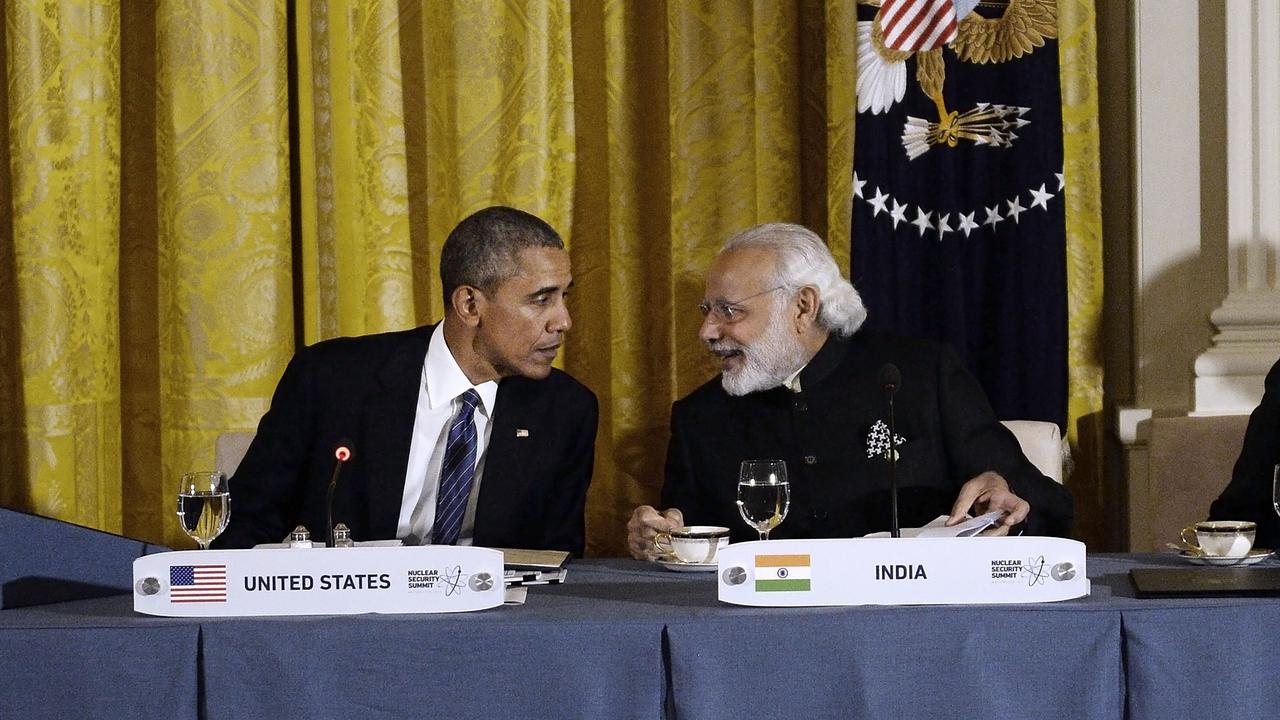
The following year, Mr Obama officially recognised India as a major defence partner, and the two countries went on to sign an agreement for deeper military co-operation.
Under the Trump administration, relations continued to strengthen with highly-publicised visits. Last year, Mr Modi publicly celebrated India’s relationship with Washington, claiming the US as India’s most important partner. Mr Trump has previously referred to Mr Modi as his “dear friend”.
Over time, the two countries have deepened their defence and commercial ties in an attempt to balance China’s weight in the region.
India has opened itself up to growing volumes of bilateral trade with the US, and earlier this year agreed to purchase $US3 billion in US military equipment, in a mark of growing political co-operation.
The two nations are now seen as “engaged democracies” rather than “estranged democracies”, as they were known in the Cold War years.
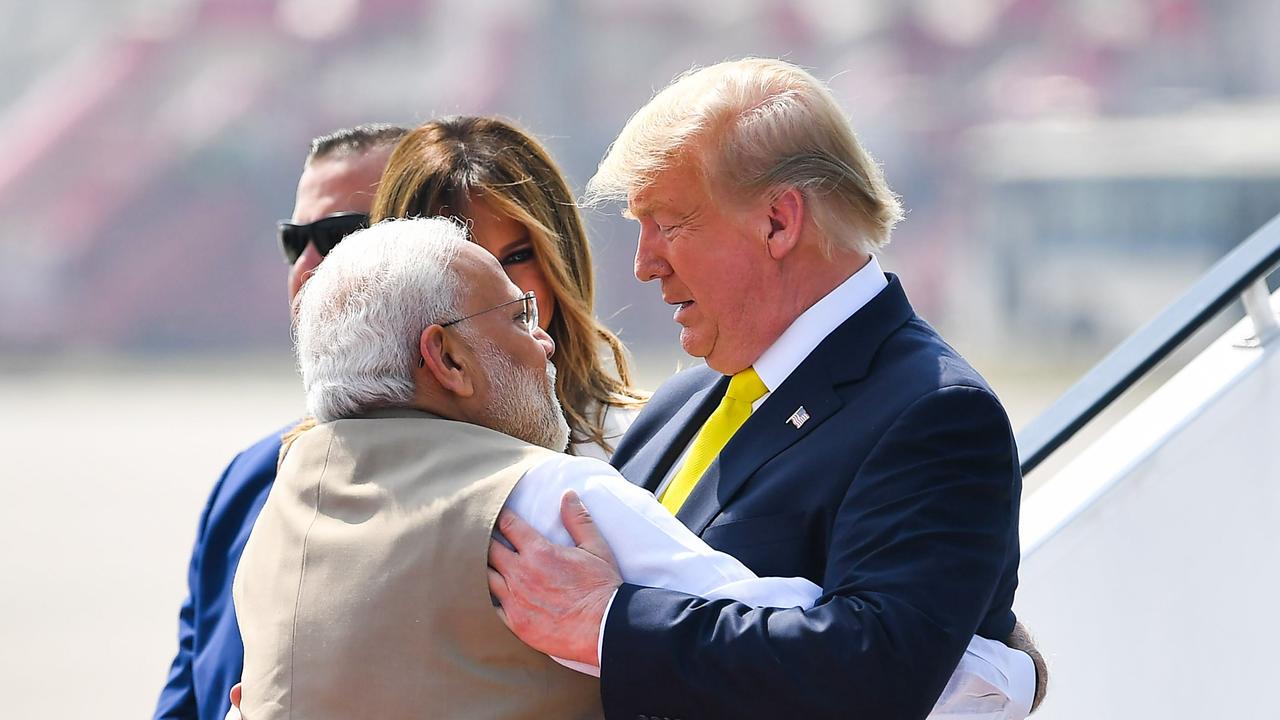
Experts say this “cozying up” was partially driven by a fear of China’s growing economic and political power in the region.
“In recent times, India has sought to strengthen ties with Washington, partially powered by a fear of Chinese economic and political influence in the region – especially in ports in nearby oceans,” Anik Joshi, a public policy professional based in Washington D.C., writes in Foreign Policy. “As the Chinese get more aggressive in the Indian Ocean, India has been seeking an ally to bolster deterrence.”
He said border tensions and an increasingly aggressive Beijing are causing New Delhi to “pick sides in the new Cold War”, noting that “defence ties between the United States and India have only grown”.
“India’s growingly comfortable relationship with the West heralds a clear choice in any global conflict,” he said.
RELATED: China, India: What’s behind the massive troop movements?
RELATED: Is China more powerful than India?
RELATED: Beijing ready to deploy troops ‘within hours’
C. Raja Mohan, Director of the Institute of South Asian Studies at The National University of Singapore, said India has now come to recognise that China is “bound to expand its influence … at Delhi’s expense”.
Writing in the East Asia Forum, he also observed that India was “moving into an ever-closer partnership with the United States” in an attempt to rebalance the Indo-Pacific region – a manoeuvre that’s accelerated under Mr Modi.
But he also notes that Mr Modi is cautious – both of the unpredictability in the US under Mr Trump, and of Washington and Beijing arriving at a mutual agreement to the detriment of China’s neighbours.
He says Mr Modi is thus “eager to retain the traditional security partnership with Moscow”, and also develop stronger ties with other middle powers, including Australia.
TRUMP ACCUSED OF ‘DRIVING A WEDGE’
China’s state media has accused Donald Trump of trying to “drive a wedge between China and India” over his offer to mediate tensions between the two.
Last month, Mr Trump tweeted that he had spoken to Mr Modi, offering assistance at the border.
We have informed both India and China that the United States is ready, willing and able to mediate or arbitrate their now raging border dispute. Thank you!
— Donald J. Trump (@realDonaldTrump) May 27, 2020
In late May, the hawkish Global Times newspaper said that “a conflicting China-India relationship serves US interests”.
“Washington believes the combined strength of Beijing and New Delhi could impair its interests in Asia and beyond,” an article in the newspaper said. “An opportunist US has never given up its attempt to drive a wedge between China and India …. the Trump administration emphasises India as a major pillar in its much-touted Indo-Pacific concept.”
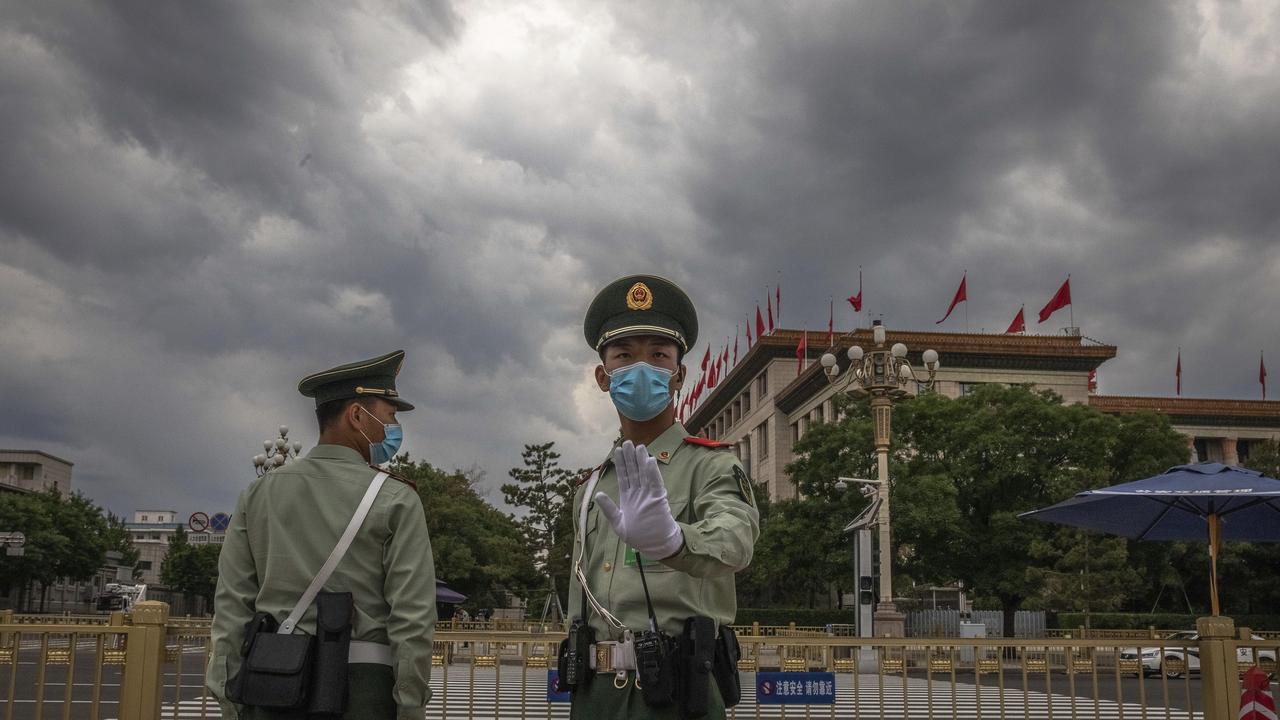
It went on to mock Mr Trump’s understanding on India and China, after the President infamously expressed surprise that the two countries shared a border.
“It seems Trump finally knows that China and India, the two largest Asian powers, share borders. Early this year, A Very Stable Genius, a book written by two Washington Post journalists, revealed that Indian Prime Minister Narendra Modi was shocked and concerned when Mr. Trump told him India and China did not share a border,” the article said.
It noted that last year “India turned down Trump’s offer to ‘help’ and ‘mediate’ between India and Pakistan over Kashmir, an issue India stressed can only be discussed bilaterally”.
“India probably has found that the US is not a reliable partner,” it said. “The self-centred ‘America First’ policy endorsed by Trump can hardly reconcile with Modi’s ambitious ‘Make in India’ campaign, and a trade deal was elusive even during Trump’s high-profile visit to India in February 2020 when the two were locked in trade frictions.
“India perhaps has been aware of the US’ bad history of mediation in which the US made troubles rather than solved problems, and which turned bilateral disputes into multilateral ones.”
CHINA SAYS BORDER FEUD IS 'EASING'
On Wednesday, China said that it is taking measures with India to reduce tensions along their disputed frontier high in the Himalayas following a recent flare-up that prompted rock-throwing and fistfights.
Foreign Ministry spokesperson Hua Chunying told reporters that the sides had engaged in “effective communication through diplomatic and military channels” on how to deal with issues on the western section of their disputed border.
“At present, the two sides are taking corresponding actions to ease the situation on the border in accordance with the relevant consensus,” Ms Hua said at a daily briefing.
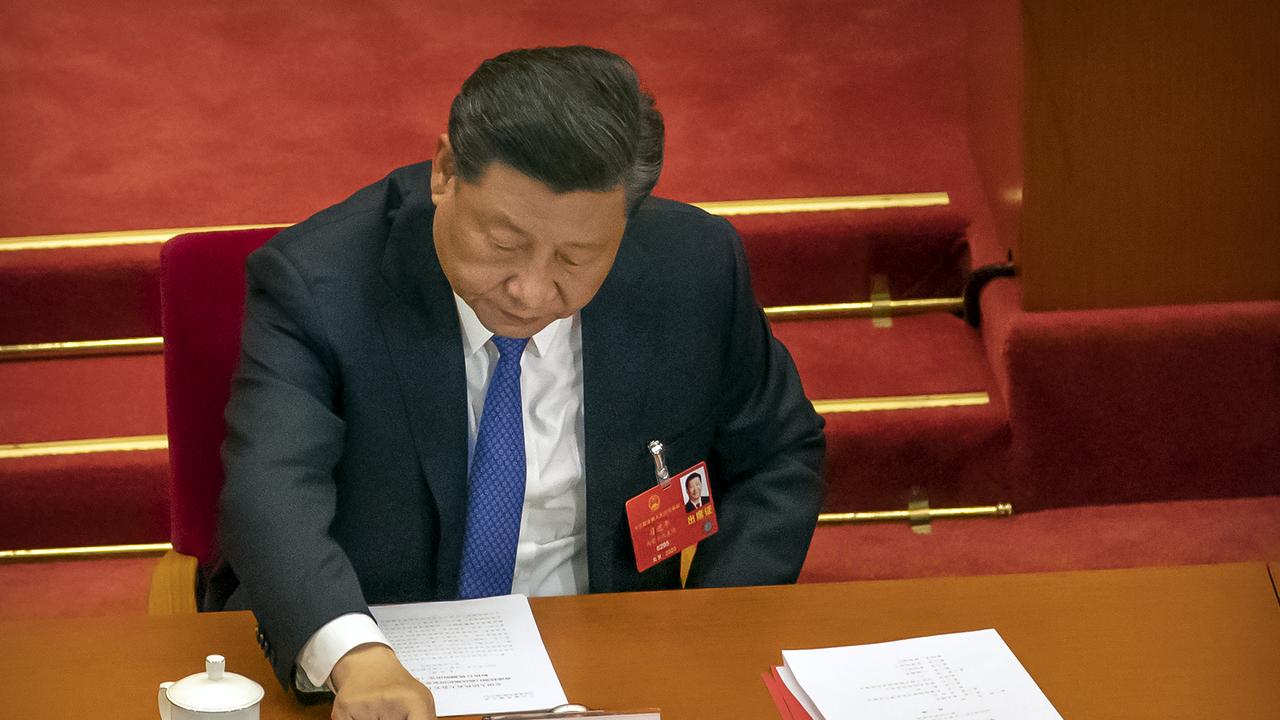
Thousands of soldiers from the two countries have been facing off just a few hundred meters from each other for a month in the Indian-controlled Ladakh region. Army officers have held a series of meetings to try to break the impasse.
Earlier in the week, China said thousands of troops, armoured vehicles and artillery could be deployed “within hours” over the conflict.
Indian officials say Chinese soldiers entered Ladakh in early May at three different points, erecting tents and guard posts and ignoring verbal warnings to leave. That triggered shouting matches, stone-throwing and fistfights, much of it replayed on television and social media.
China has objected to India building a road through a valley connecting the region to an airstrip, possibly sparking its move to assert control over territory along the border that is not clearly defined in places. India and China fought a border war in 1962 and have been trying to settle their dispute since the early 1990s without success.
In all, China claims some 90,000 square kilometres of territory in India’s northeast, including the Indian state of Arunachal Pradesh, with its traditionally Buddhist population. India says China occupies 38,000 square kilometres of its territory in the Aksai Chin Plateau in the western Himalayas, including part of the Ladakh region.
– with AFP


